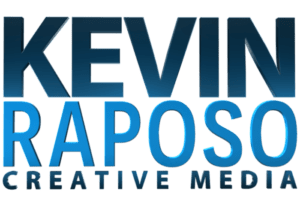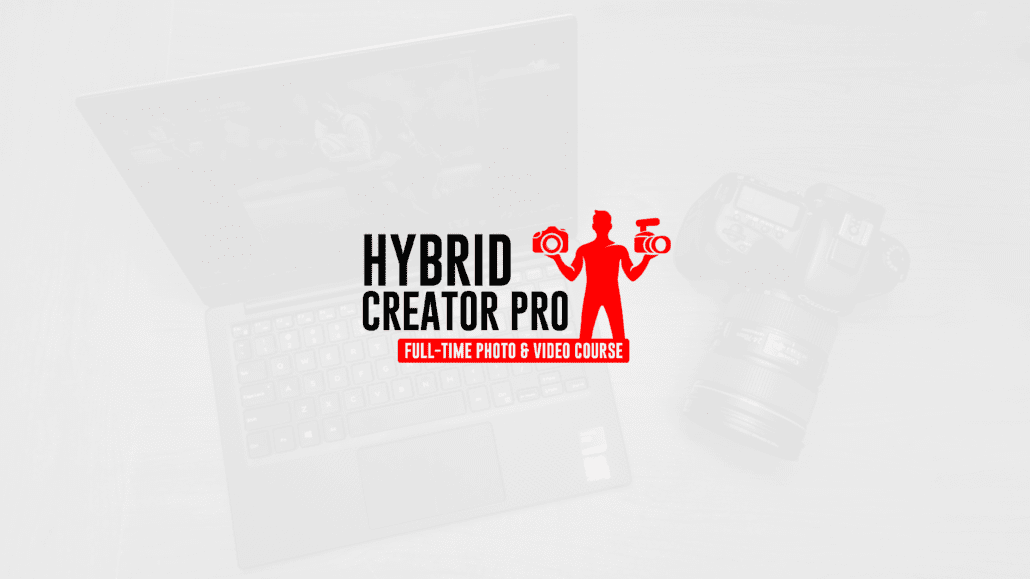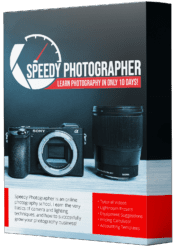Hybrid Content Creation: Navigating Photography and Video Production
As a hybrid creator, you’re often asked to provide both photo and video services, sometimes even within the same project. This dual demand can range from easy to incredibly challenging, depending on the type of work involved. Let’s explore various photography and video production scenarios—events, portraits, sports, and more—and rank them in terms of difficulty from a hybrid creator’s perspective.
The Basics: Understanding Hybrid Creation
Working as a hybrid creator means mastering both photography and video production. The experience varies significantly across different industries, from the relatively straightforward real estate market to the high-pressure world of weddings and journalism. In this guide, we’ll categorize various types of work into four levels: easy, moderate, difficult, and impossible, to help you navigate your career path more effectively.
The Easy Zone: Real Estate
Real estate work is arguably the easiest for hybrid creators. The techniques for shooting real estate photos and videos are quite similar, and the pressure is minimal. Both photography and videography aim to make properties look appealing to potential buyers. While photos capture still images of key areas, videos provide a walking tour, showing the flow and connectivity of the space.
Essentially, you’ll need a camera, a tripod, and a gimbal. Set up your camera for stills, then switch to video mode, remove the camera from the tripod, attach it to the gimbal, and capture the same scene with movement. Mistakes can be corrected without any immediate pressure, as you’re usually working alone. For aerial shots, drones can seamlessly transition between photo and video modes.
The Moderate Challenge: Wildlife, Sports, Portraits, and Events
Sports and Wildlife: Both fields require quick reflexes, patience, and a deep understanding of movement patterns. However, capturing both photos and videos simultaneously is almost impossible. You must decide in advance which format to prioritize, as switching mid-action is impractical. Clear client expectations are crucial here.
Events: Corporate events and large gatherings fall into this category. While some moments happen only once, there’s generally more time to capture what you need. Crowd shots, for instance, can be taken at different times with similar results. Balancing photo and video duties involves strategic planning and setting realistic client expectations.
Portraits: Portrait work involves close collaboration with individuals or small groups. The closest video equivalent is an interview. Directing subjects differs significantly between photo and video. For instance, a portrait might require posing, while an interview focuses more on content and natural interaction. Understanding these nuances is key to excelling in both formats.
The Difficult Terrain: Journalism and Weddings
Journalism: Photojournalism and videojournalism both aim to tell compelling stories, but their approaches differ. Photos capture strong, standalone moments, while videos convey action and sound. The unpredictable nature of events means you often have to choose between shooting photos or videos. Using two cameras—one for each medium—can help, but the challenge remains significant.
Weddings: Weddings are in a league of their own due to the high stakes and prolonged focus required. Wedding photographers capture key moments like vows and first kisses, while videographers record the entire event, focusing on ongoing action and sound. Juggling both roles at once is nearly impossible without compromising the quality of either medium.
The Impossible Task: Landscape and Long Exposure
Landscape and Long Exposure: These types are nearly impossible to manage simultaneously as a hybrid creator. Long exposure photography doesn’t have a direct video equivalent, except perhaps for time-lapses. Creating cinematic footage with long exposures is rare due to the standard rule of maintaining a shutter speed double the frame rate.
Conclusion: Finding Your Path as a Hybrid Creator
Categorizing work into easy, moderate, difficult, and impossible helps you set realistic expectations and decide where to focus your efforts. Real estate offers a smooth entry point, while sports, wildlife, events, and portraits provide moderate challenges. Journalism and weddings are tough to balance, and landscape photography is best left as a singular focus.
Each type of work requires a unique approach, and understanding these distinctions will help you succeed as a hybrid creator. Have any questions? Leave a comment below and stay tuned for more tips and tutorials!




Leave a Reply
Want to join the discussion?Feel free to contribute!